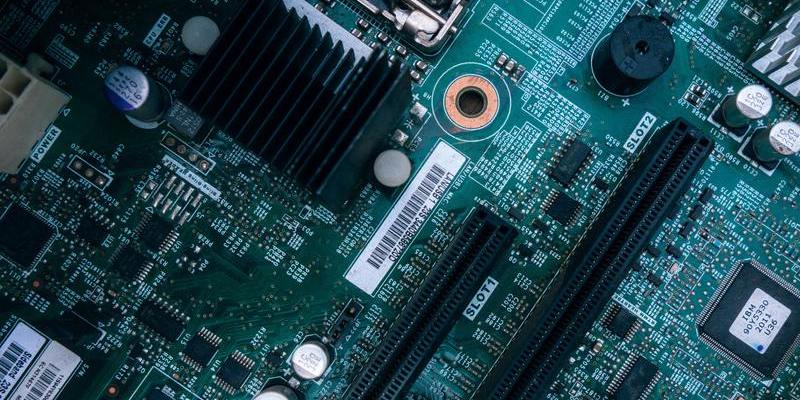4 Emerging Technologies You Can Use in the Cloud


In the modern world, technology is growing more advanced every minute. As you read this, companies are hard at work designing, developing, and testing the next big thing across various technology sectors. These emerging technologies promise new features and advanced capabilities that businesses of any size can take advantage of. The cloud, particularly public cloud environments, is one of the best places an emerging technology can take off as it is under development.
Because of the huge amount of computing resources a cloud environment can provide for users, more advanced technologies have the perfect pool of assets they can pull from. Plus, a majority of companies are adopting a cloud solution in one way or another. As such, launching emerging technologies in the cloud makes perfect sense from a business perspective since cloud providers can make the technology available to a wide spectrum of users. If you’re curious about an emerging technology in the cloud, we’ve listed 4 that cloud providers have developed and released solutions for.
Artificial intelligence and machine learning
Artificial intelligence (AI) is everywhere now, but companies are continuing to push the boundaries of what AI can do. Computer systems are becoming more intelligent, using machine learning to analyze data it receives and make automated decisions, diagnoses, and responses based on its analysis. Plenty of cloud computing solutions are powered by AI and machine learning systems themselves, and public cloud environments extend those capabilities to their users.
Blockchain
While it was initially developed for the cryptocurrency world, blockchain technology is slowly being introduced to other sectors. Some cloud providers allow users to build blockchains for any use case, including centralized and decentralized chains and ownership. Users can create ledgers and fully manage them from the cloud environment itself.
Internet of Things
More and more devices are connecting to the Internet every day, and it’s gone beyond traditional electronics like computers and phones. The Internet of Things (IoT) allows more types of devices to connect to other systems. Providing the computing power for these devices can be difficult, however, and managing them all is infuriating without a centralized tool. Cloud environments allow for IoT devices to operate smoothly by allowing for them to have the resources necessary to run.
Virtual reality and augmented reality
Virtual reality (VR) and augmented reality (AR) allow developers to create immersive experiences for customers. However, without the proper computing resources, VR and AR applications can’t run properly. The cloud is equipped to handle the power VR and AR systems need, but many cloud providers are going beyond that. Public cloud environments are implementing tools that allow developers to build, test, and deploy these applications. Cloud providers make it easy for developers to create applications that take advantage of VR and AR capabilities.
Our MSP Buyer’s Guide contains profiles on the top cloud MSP vendors for AWS, Azure, and Google Cloud, as well as questions you should ask providers and yourself before buying. We also offer an MSP Vendor Map that outlines those vendors in a Venn diagram to make it easy for you to select potential providers.
Check us out on Twitter for the latest in Enterprise Cloud news and developments!























